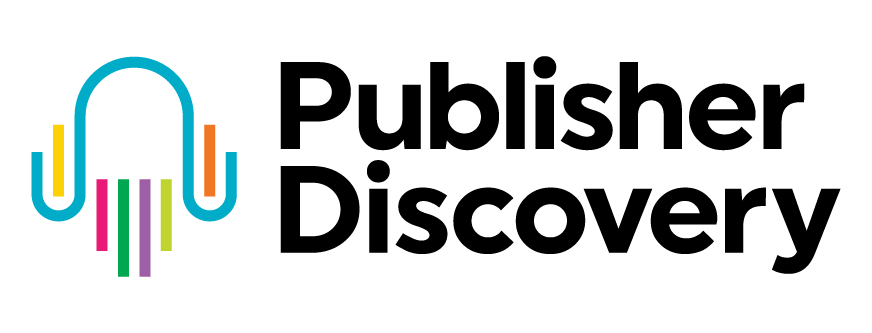Diversification is looking like the hottest topic at the moment, with some great recent blog posts published around the issue. This is of course a key objective for any affiliate manager to achieve but perhaps is rising up people’s agenda. It wasn’t on everyone’s list when we were making predictions for 2020!
We have spoken to a number of affiliate managers looking to extend their affiliate programs and dilute the effect of the pareto of having too much of their affiliate revenues being generated by too few partners.
It’s great having those partnerships – but experience teaches us that website traffic can be a fragile thing. It’s not just issues like the Google Panda update which caused many coupon websites’ traffic to drop by over 90% that you need to worry about.
Hits on affiliate traffic can come from a variety of factors – and more importantly, it is this highly volatile art that an affiliate manager has absolutely no control over.
Risk management
In a recent blog post, Commission Factory advises on diversification of your portfolio as a form of Risk Management. “A diversified affiliate portfolio is one of the key fundamentals of managing an affiliate program and is a concept all affiliate managers should be across”.
And there is indeed a huge risk in reliance on a narrow affiliate portfolio – or a limited selection of affiliate types. With the steady adoption of attribution modelling to reward affiliates at various stages of the customer journey, a broader selection of partners is a MUST to minimise risk.
Resilience inherent in the affiliate model
The last few months has taught marketers that when the rest of advertising is in a state of flux, affiliate is highly resilient. We at Publisher Discovery have talked with many agencies that had previously only focused on native advertising, turning toward affiliate and talking to us when their Native revenues dropped through the floor.
Even with advertisers like airlines, some of the more forward thinking advertisers kept their affiliate programs live for forward bookings. Some of course were hampered by being overseen by a VP of Marketing who didn’t understand the model and paused or even closed programs!
It’s fair to say that the key first step is to analyze your partner mix – in terms of numbers of partners and their revenue contribution. Then of course you need to look for other similar affiliates who can add breadth to your program.
Content and influence
Tenancy fees and Influencer budgets also took a hit – as pay for performance revenues have ballooned, sometimes by a factor of 10 or more. The fact that most influencers are now happy to work in this way nowadays has meant that the quality of referral traffic hasn’t suffered by over-reliance on the coupon/cashback staples.
As Dan Hull of Silverbean wrote in the Partnerize blog, “we have seen the contribution of social commerce, and in particular influencer’s activity within this, play a greater part in the affiliate programs we manage.” Brands are understanding the needs of these partners and designing their programs accordingly to drive success.
Explore more in our webinar
Chris Tradgett will be joining Brian Marcus of TUNE for a webinar tackling all the issues surrounding recruitment and diversification on Thursday, August 13. Taking Ownership of Publisher Growth will cover Analysis, Recruiting and Optimisation. The session will stress that recruiting is not just a one-off activity. It needs to be an ongoing part of an affiliate manager’s weekly task list – part of the operating rhythm.

If you want to learn more and register for the webinar, there are still places available. Just follow the link and join the webinar.


